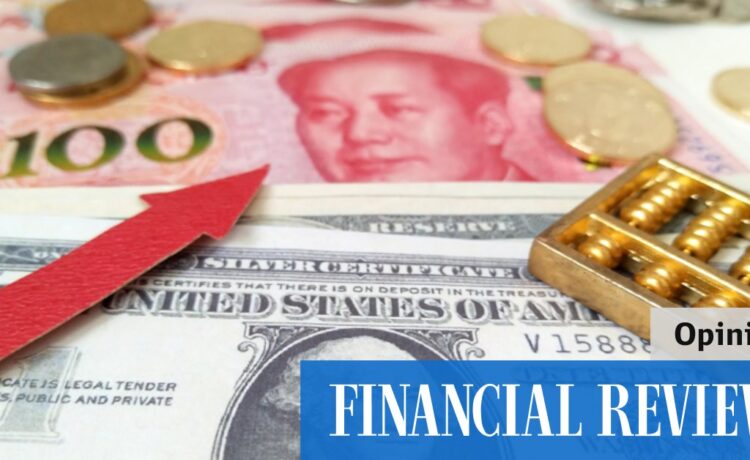But that’s creating big problems for other central banks, particularly those in Asia.
Although the BoJ is finally moving back from its long adherence to ultra-loose monetary policy – it became the last central bank to abandon negative interest rates in March – it is doing so at a snail’s pace.
Read more: Bank of Japan scraps negative rates in historic policy shift
Last week, the BoJ kept its key rate steady in the range of zero to 0.1 per cent. Although a weaker yen could potentially boost Japanese economic activity by making exports cheaper in global markets, the Japanese central bank is clearly worried that too sharp a decline in the currency will result in financial instability, as investors and consumers lose confidence in the Japanese economy and shift more of their money abroad.
And the yen’s weakness is clearly weighing on Japanese stocks. The Nikkei 225 index has fallen 7 per cent from the record high it reached last month.
The BoJ isn’t the only Asian central bank grappling with the stronger greenback. Others are worried that a mightier US dollar will push up the price of globally traded commodities such as oil, which are typically priced in the American currency and will lift the interest costs on their US-dollar debt.
Indonesia, China on alert
The Indonesian central bank caught investors by surprise last week when it raised its benchmark interest rate by 25 basis points to a record high of 6.25 per cent to support the currency.
Bank Indonesia governor Perry Warjiyo said global uncertainty had flared up following the US dollar’s resurgence and conflict in the Middle East, and this had warranted an “anticipatory, forward-looking and pre-emptive policy response”.
Although inflation has been within the Indonesian central bank’s target range of 1.5 per cent to 3.5 per cent this year, there is a risk that a weakening rupiah could fan inflation by pushing up the prices of imported food and fuel.
Indonesia is also feeling the chill effects of capital outflows – foreign investors have sold close to $US600 million ($914 million) in Indonesian government bonds this month.
Meanwhile, the Philippines and Thailand are delaying interest rate cuts to avoid destabilising their currencies, and the head of Korea’s central bank, Rhee Chang-yong, has described the won’s weakness as “excessive”. The Korean currency is the lowest it has been since 2022.
Rhee says the US dollar’s strength and geopolitical tensions in the Middle
East are contributing to the won’s decline, as is weakness in other Asian currencies such as the Japanese yen and the Chinese yuan.
The yuan has been declining as the world’s second-largest economy continues to struggle with a property market collapse that has sapped consumer spending. This has prompted Chinese companies to hoard US dollars anticipating the yuan will continue to slide, which is further weighing on the currency.
The yuan has fallen from about 6.7 per US dollar at the start of last year to 7.2 at present, prompting fears that China could trigger a global currency war by using a weaker currency to bolster its exports of high-end manufactured goods.
Have your say
We are always interested to hear your views on current topics.
Guidelines for how to write an opinion article are here.
Guidelines for how to write a letter to the editor are here. Please send your letter to [email protected]
















